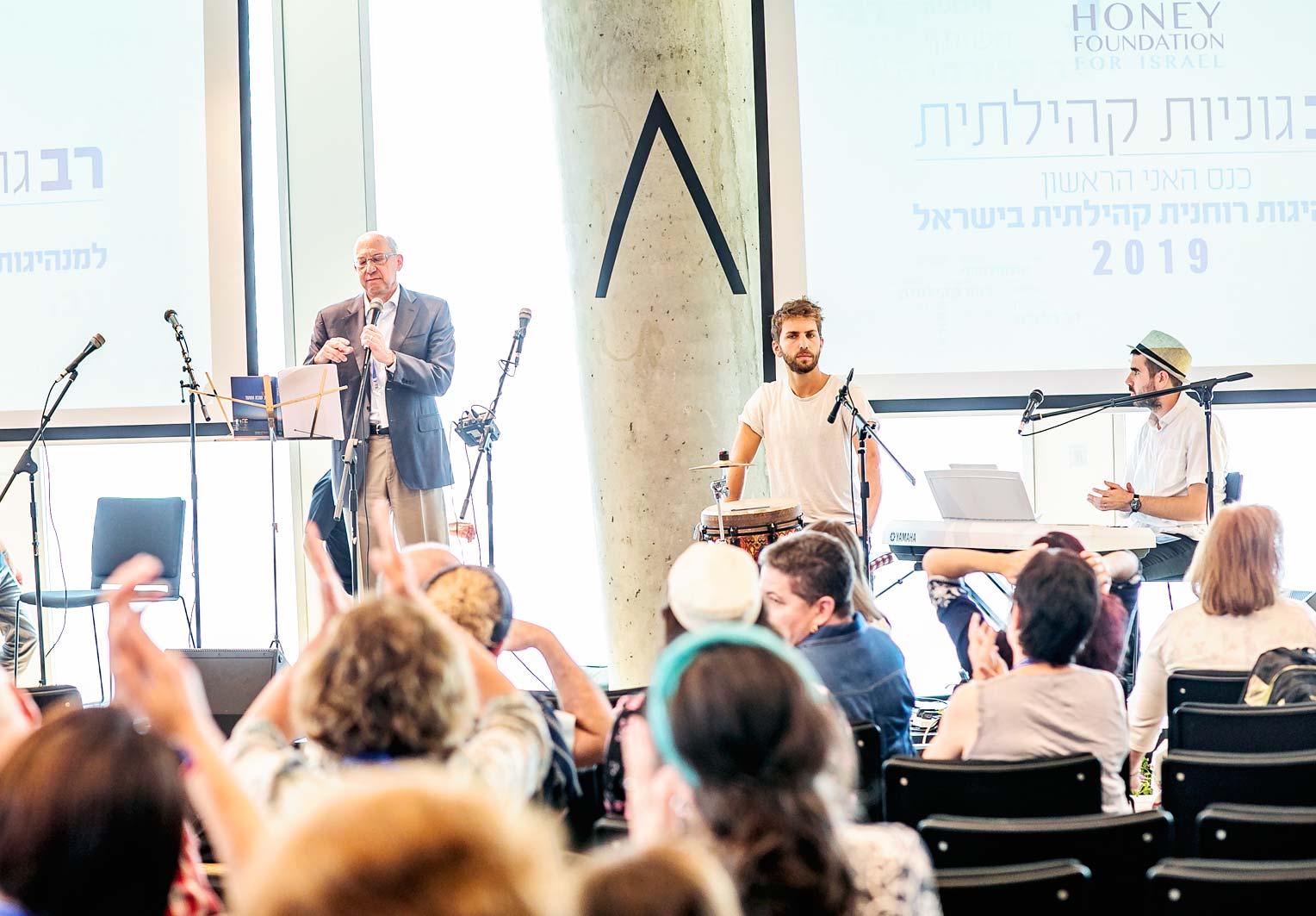We are all grieving. We may not necessarily name the emotion as such, but once we scratch past the shock at our new situation and the frustrations of trying to manage our new lives, we will find a latent sense of grief and mourning.
We are mourning for a changed world, for a future that we had hoped for ourselves and our children that has been lost. We feel less physically secure. We feel more economically vulnerable. We miss our friends and family. When will we hug our parents again? When will we be able to dance together at a simcha?
We grieve for those who have already and those who will lose their jobs and businesses. We grieve for the elderly of our society, so many of whom are deprived of human connections in their isolation, and for all the children who cannot play baseball with their friends in the park.
And of course, some of us are mourning family, community members, and friends who have lost their lives over these last weeks. Here the grieving is not below the surface. Our pain is compounded because we weren’t able to be by a bedside. We are not able to mourn in proper ways with funerals that provide dignified ends to lives well-lived. Communities cannot physically come together to participate in those rituals designed to comfort the bereaved.
This is the texture of our emotional lives at this moment.
So how is it that we as Jews will be asked to celebrate and experience the joy of the modern miracle of the State of Israel on Israel Independence Day this Wednesday? For almost two-thousand years Jews have been homeless. Our grandparents grew up in a world without a Jewish homeland and over the last 72 years we have seen the rebirth of the Jewish people and the Hebrew language take place before our very eyes. The reality of the State of Israel still feels miraculous.
And yet dancing and public celebrations are furthest from our minds.
Joy is incompatible with grief. Mourning and rejoicing are mutually exclusive psychological states of being.
And yet, Judaism tells us that at certain moments we are asked to navigate emotionally impossible paths. How do you celebrate the birth of a grandchild while in mourning for a parent? How do you celebrate the joy of Sukkot even after experiencing the death of a loved one over the holiday and then having to wait for shivah to begin once the holiday concludes?
As human beings and as Jews we are challenged with experiencing diametrically opposed emotions over short time frames. Our tradition mandates polar emotional moves from the joy of a festival to shivah, from Yom Ha-Zikaron to Yom Ha-Aztmaut.
This Yom Ha-Aztmaut, we are called not to toggle between emotional states, but to hold them simultaneously—and I would suggest that this attempt to hold contradictory emotions is actually an important religious exercise.
Judaism suggests that life is best engaged as a paradox and not something one can “figure out.” Opposing ideas and feelings can both be true. This point is foundational to the teachings of Rabbi Joseph Soloveitchik and he applied this insight to his consideration of human emotions as well. “The experience of life is ambivalent because existence itself abounds in dichotomies and contradictions…The existential awareness must not mirror ideal conditions, but everyday realities. Therefore, it should not reflect only one or two of the multiple aspects, but the total adventure of human beings, which contains both affirmation and negation, triumph and loss.” (Out of the Whirlwind, p. 176.)
Everyday realities – our lives as they really unfold – challenge us with opposing emotional responses. Rabbi Soloveitchik proposes the idea that in order to feel our humanity most deeply – we need to access the experience of our own vulnerability and our power for healing; our grief and our joys, moments of human victory and defeat. Moving between disparate emotions forces us to understand that life is too rich, too complicated to be captured by a single emotional or intellectual response.
When we become aware of our contradictory emotional states, we deconstruct a simple unifying narrative for our lives. We remind ourselves of how complicated the world is and how multifaceted people truly are.
Rabbi Soloveitchik also attaches ethical importance to our attempt at embracing contradictory emotions like grief and joy, suggesting that doing so prevents us from retreating into our own inner world. All of us – at moments – need to be coaxed out of our occupation with our private burdens and encouraged to make room for others. Conversely, we cannot allow our private joy to insulate us from the needs of others—this is one reason why we break a glass at a Jewish wedding.
These acts of moral imagination in which we embrace opposing emotions, can teach us humility and help us grow closer to other human beings.
So, I’m not going to try to make peace between the intense contradictory feelings I’m experiencing this week. I’m going to try my best to experience grief and joy together, to simultaneously feel vulnerable and confident. Because this is what the Jewish people has done for centuries: they maintained hope in the face of an often brutal reality. They mourned the Temple and their lives in exile, while imagining a joyous return to Jerusalem; they grieved for communities lost to persecution while telling their children of a redeemed world. Yom Ha-Atzmaut is not just the celebration of the creation of the modern State of Israel. It is a testament to our people’s great ability to creatively hold confidence and vulnerability, hope and suffering, pain and joy. I feel this truth very deeply this year.
Chag Sameach!
